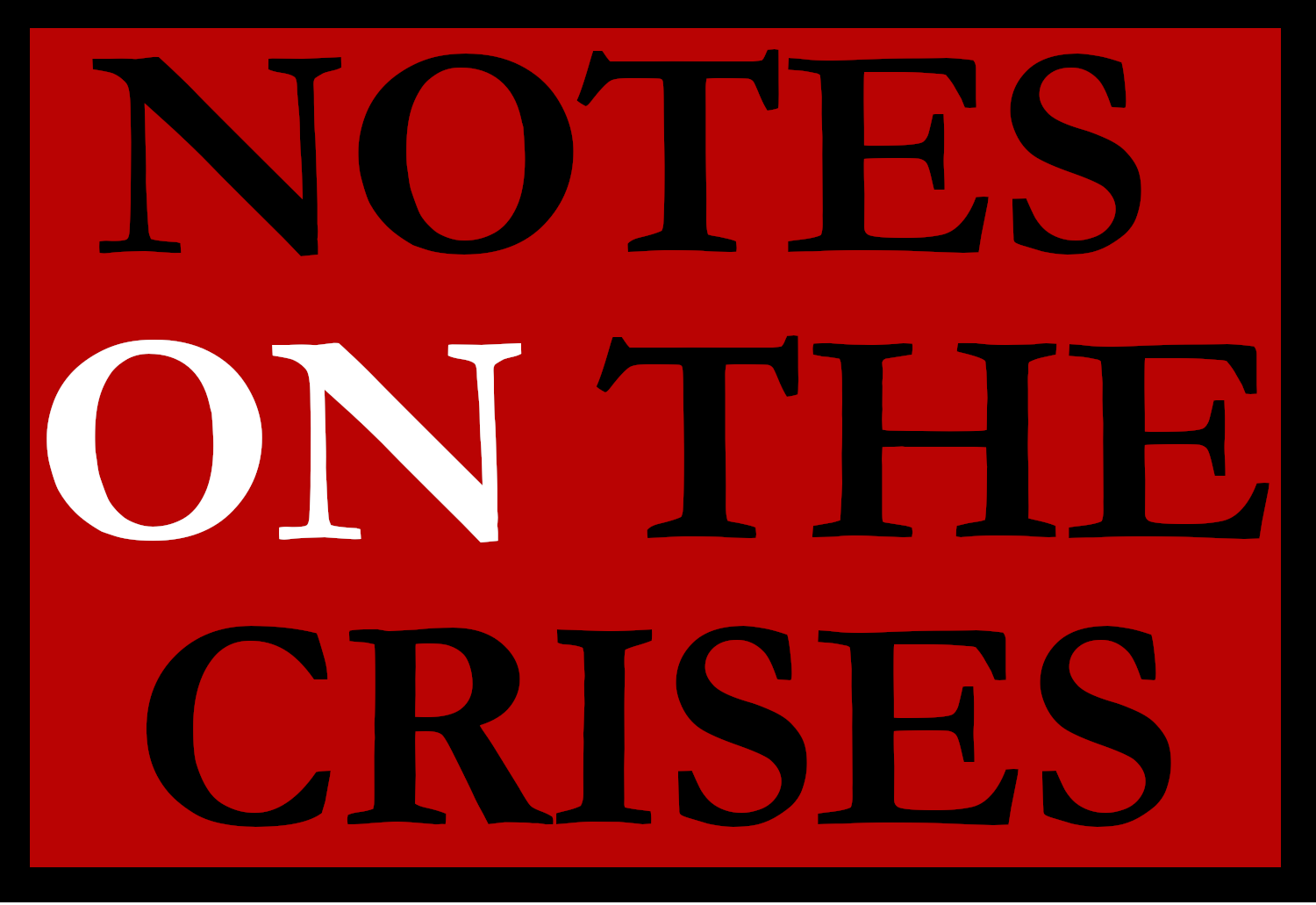Responding to the University Budget Crisis with University Currencies
Building Resilience Amid Crisis


In this crisis my writing keeps on returning to local and complementary currencies and unique ways to mobilize them in order to stave off payment crises and depression. It’s not because I think complementary currencies are a cure-all. In fact, I think the opposite is the case. The clear lesson of the Great Depression to me is that complementary currencies emerge on a large scale to respond to the absolute failure of the system, especially the federal government, to respond to a crisis. Yet, while I think crises are what make them necessary, I also think they’re good and useful tools in their own right. They bring money “closer to home” and help people realize and articulate that money is a matter of political and legal design. I think we need widespread monetary experimentation and design in local and regional politics in normal times so that we are more prepared for these moments and the potential for failure at “higher” political levels.
The problem we have now is primarily political- how do we mobilize certain communities to force the polities they are members of to design and issue complementary currencies? At the same time, what has come into focus recently is that universities are going to be the main target of state and local budget cuts. They are often seen as expendable institutions, especially by Republican governors. As an official in a higher education trade association said to Inside Higher Ed:
Higher education is often considered the balancing wheel of state budgets, and if history is any indication, higher education is going to be at the front lines of the economic fallout from coronavirus.
Part of this is structural. State constitutions protect K-12 education as a legally guaranteed right which limits budgetary discretion. Healthcare expenditures receive matching funds from the Federal Government which discourage cuts from most politicians who aren’t Andrew Cuomo. Unemployment insurance would be disastrous to cut right now and also receives matching funds from the Federal Government. The one area that is funded out of the general budget, has little state constitutional protection and is seen as “inessential” is higher education. This logic is also why higher education bore most of the brunt of budget cuts after the Great Financial Crisis. Finally, politicians see universities as the least vulnerable to cuts because they can “always raise tuition”. This of course has, by definition, driven educational cost inflation and saddled university students with greater and greater amounts of student debt.
Bringing these two issues together, universities seem ripe for monetary experimentation. They are large institutions which socially provision large populations with healthcare treatment, education, food and more. They control large amounts of real estate and provide both university space and residential housing for rent on large scales. They are centers of economic production which tend to be the largest employers in their state. They have a nexus of nearby businesses who rely on universities for their economic livelihood. Most importantly, they often impose a whole set of fines and fees on the local population and their student bodies in addition to tuition. In short, there are a host of imposed obligations which could “back” a university currency . Local businesses already sometimes accept university meal points in payment for goods and services.
As a result, I’m proposing that public universities issue small and large denomination IOUs, technically called University Payment Anticipation Notes (UPANs), to finance budget deficits. These would be structured to mirror Tax Anticipation Notes (TANs) issued by local and state governments and thus accepted in payment to the university. To further mirror the analogy to municipal finance, these could be called “Unis” just as municipal bonds are called “Munis”. If you regularly make purchases at university outlets, buying some of these today could give you effectively a couple percent discount. For wealthier families, a percentage discount on future tuition could be a substantial amount of money and make UPANs an attractive purchase. They are also an instrument that could be used to pay undergraduate students, graduate students and contingent faculty who otherwise wouldn’t be receiving pay at all who can provision themselves with these instruments- especially by paying rent to the University. UPANs have the potential to restart and delink university economic circuits from overall economic conditions given the right design and backing.
To ensure their acceptance and success, a political demand universities can make- from university presidents to faculty, graduate students, undergraduates and the local community- is for the Federal Reserve to buy Unis. Under section 14.2(b) of the Federal Reserve Act, the Federal Reserve has the power to buy and sell
bills, notes, revenue bonds, and warrants with a maturity from date of purchase of not exceeding six months, issued in anticipation of the collection of taxes or in anticipation of the receipt of assured revenues by any State, county, district, political subdivision, or municipality in the continental United States
Universities have many sources of revenue which could be reasonably classified as “assured revenue”. Meanwhile, as the Internal Revenue Service says, “many state universities have received rulings that they are political subdivisions”. The Federal Reserve also has wide latitude to interpret this provision slightly expansively to include all public universities and colleges even if there are some which have been ruled to not be political subdivisions for the purposes of tax or other kinds of law. Alternatively state governments, in lieu of sufficient financial support, could grant the necessary powers to make all public universities and colleges “political subdivisions”. Unis should be issued regardless of whether they have Federal Reserve support, but Federal Reserve support is the additional insurance that guarantees these are viable projects.
While I think individual university currencies should be issued, another powerful mechanism for ensuring the viability of this kind of monetary experimentation would be solidarity between universities. A collectively issued public university currency that was acceptable in payment across all participating universities and colleges would be a powerful instrument. It could even allow private colleges and universities to participate and the Federal Reserve would still have the legal authority to purchase these Collective University Payment Anticipation Notes (CUPANs) because of the participation of multiple political subdivisions. This kind of solidarity between universities would be difficult, but not impossible. What is required is universities to recognize their inherent interdependence. Their fates are inextricably tied and they are only as strong as their weakest link. By providing solidarity to smaller universities and colleges which have minimal real estate and aren’t as bountiful physical resource wise, larger and medium-sized universities and colleges ensure their collective survival and build a collectivity that is extremely resilient to state and federal budget cuts.
Universities are gigantic operations which provision a dizzying multitude of resources and control vast swaths of the United States. All that’s hobbling them is their financial constraints. They have the physical resources they need, as long as they can mobilize them. The tools and structures I’ve laid out in this article are aimed at easing those financial constraints. This vision for the social problem we’re encountering is completely different from the standard narrative about inevitable budget cuts to helpless and inevitably corporatized universities scrambling to earn a buck. Universities impose large and important obligations on their members and the local community which are difficult to avoid. These payment circuits are blocked by a lack of federal money. Unis are capable of restarting and unclogging these circuits.
Some of these imposed obligations have negative dynamics attached to them, especially tuition. Eliminating tuition would likely require either expanding universities as a nexus of production and payments or permanent and mandatory federal funding for state and local educational systems (or some combination of the two). On the other hand, the use of Unis would likely enable reducing the reliance on tuition increases. University currencies can’t deal with every social ill. What they can do is highlight the inherent power that public institutions already have and educate the population about the inherently political and legal nature of monetary design while creating resilience against austerity. Ultimately, universities are meant to be educational institutions. What would be more educational than a collective university and college monetary experiment to save the university system itself?
Sign up for Notes on the Crises
Currently: Comprehensive coverage of the Trump-Musk Payments Crisis of 2025
